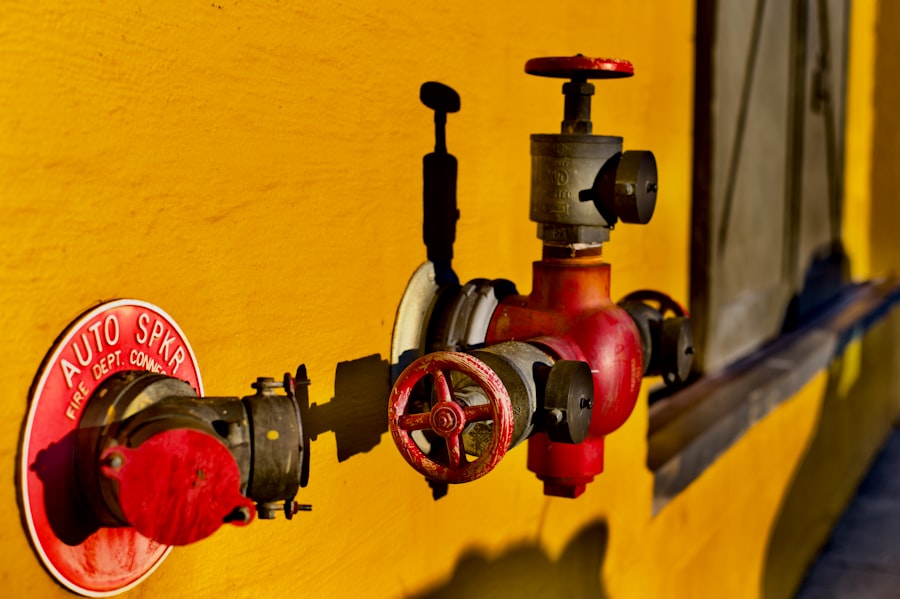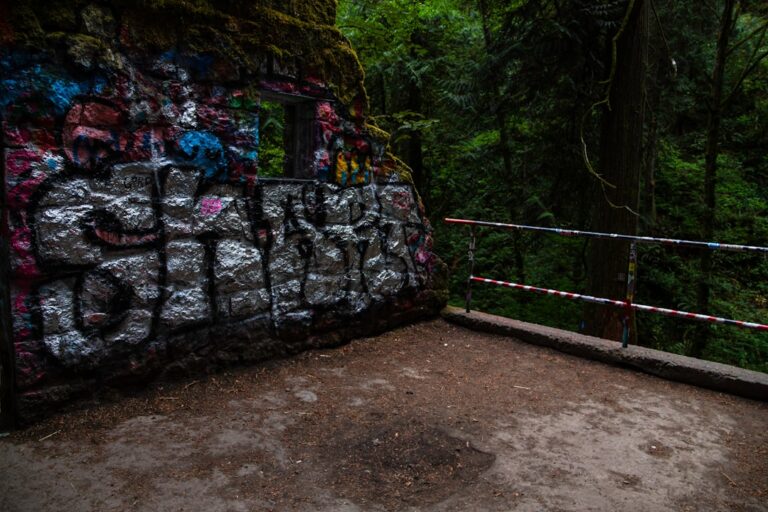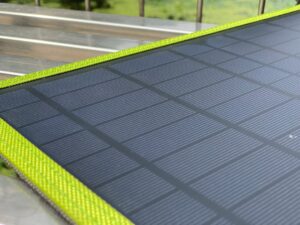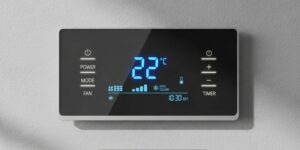Dampness in walls and carpets is a common issue that many homeowners face, often leading to significant structural damage and health concerns. The causes of dampness can be multifaceted, ranging from environmental factors to construction flaws. One primary cause is water ingress, which occurs when moisture penetrates the building envelope due to poor sealing, cracks in the walls, or faulty roofing.
This can happen during heavy rainfall or due to rising groundwater levels. Additionally, plumbing leaks from pipes hidden within walls can contribute to dampness, creating a persistent problem that may go unnoticed until significant damage has occurred. Another significant factor contributing to dampness is condensation.
This occurs when warm, moist air comes into contact with cooler surfaces, leading to the formation of water droplets. In areas with high humidity or inadequate heating, such as bathrooms and kitchens, condensation can become a frequent issue. Furthermore, lifestyle choices, such as drying clothes indoors or not using exhaust fans, can exacerbate the problem.
Understanding these causes is crucial for homeowners seeking to address dampness effectively and prevent further complications.
Key Takeaways
- Damp walls and carpets can be caused by factors such as leaks, condensation, and rising damp.
- Prevent dampness by ensuring proper ventilation, repairing leaks, and using moisture-resistant materials.
- Signs of dampness include musty odors, mold growth, peeling paint, and water stains.
- Remediation techniques for damp walls and carpets include drying, dehumidifying, and using mold-resistant products.
- Proper ventilation and air circulation are crucial in preventing dampness and maintaining a healthy indoor environment.
Tips for Preventing Dampness in Walls and Carpets
Ensure Proper Drainage
One of the most effective strategies is to ensure proper drainage around the property. Homeowners should inspect gutters and downspouts regularly to ensure they are clear of debris and directing water away from the foundation.
Maintain a Consistent Indoor Climate
Additionally, grading the landscape away from the house can help prevent water from pooling near the walls, reducing the risk of water ingress. Another essential tip is to maintain a consistent indoor climate. Using dehumidifiers in areas prone to moisture can significantly reduce humidity levels, making it less likely for condensation to form.
Use Moisture-Resistant Materials and Regularly Check for Leaks
Homeowners should also consider using moisture-resistant paints and sealants on walls and floors in damp-prone areas. Regularly checking for leaks in plumbing fixtures and promptly addressing any issues can further mitigate the risk of dampness. By implementing these preventive measures, homeowners can create a more resilient environment against moisture-related problems.
Recognizing the Signs of Dampness in Walls and Carpets

Identifying the signs of dampness early can save homeowners from extensive repairs and health risks associated with mold growth. One of the most apparent indicators is discoloration on walls or ceilings, which may appear as dark patches or stains. These changes in color often signal that moisture is present behind the surface, leading to potential structural damage if left unaddressed.
Additionally, peeling paint or wallpaper can also indicate dampness, as moisture can weaken adhesive bonds. In carpets, dampness may manifest as a musty odor or a feeling of wetness underfoot. Homeowners should be vigilant for any unusual smells, as they often accompany mold growth, which thrives in damp conditions.
Furthermore, if residents notice an increase in allergies or respiratory issues among family members, it may be linked to hidden dampness and mold spores in the home. Recognizing these signs early on is crucial for taking timely action to remediate the problem.
Remediation Techniques for Damp Walls and Carpets
| Technique | Description |
|---|---|
| Waterproofing | Applying waterproof coatings or membranes to prevent water penetration. |
| Mold Remediation | Removing mold and mildew from damp walls and carpets using specialized techniques and products. |
| Dehumidification | Using dehumidifiers to reduce moisture levels in the air and prevent dampness. |
| Proper Ventilation | Improving air circulation to prevent condensation and dampness. |
| Carpet Cleaning | Professional cleaning and drying of damp carpets to prevent mold growth. |
When dampness is detected in walls and carpets, prompt remediation is essential to prevent further damage and health risks. One effective technique for addressing damp walls is to identify and repair any sources of water ingress. This may involve sealing cracks in the foundation or walls, repairing roofing issues, or improving drainage systems around the property.
Once the source of moisture is addressed, homeowners can use dehumidifiers to reduce humidity levels and promote drying. For carpets affected by dampness, thorough cleaning is necessary to eliminate any mold spores or odors. Homeowners may choose to steam clean carpets or use specialized cleaning solutions designed for mold removal.
In severe cases where carpets are extensively damaged, replacement may be the only viable option. Additionally, applying anti-mold treatments to both walls and carpets can help prevent future growth. By employing these remediation techniques, homeowners can restore their living spaces to a safe and healthy condition.
Importance of Proper Ventilation and Air Circulation
Proper ventilation and air circulation play a critical role in preventing dampness in homes. Without adequate airflow, moisture can accumulate in enclosed spaces, leading to condensation and mold growth. Homeowners should ensure that areas such as bathrooms and kitchens are equipped with exhaust fans that vent outside, effectively removing humid air from these spaces.
Opening windows when weather permits can also enhance air circulation, allowing fresh air to replace stale, moist air. In addition to mechanical ventilation, natural ventilation strategies can be beneficial. For instance, keeping interior doors open can promote airflow throughout the home, reducing pockets of stagnant air where moisture can build up.
Homeowners should also consider using vents in attics and crawl spaces to facilitate air movement in these often-overlooked areas. By prioritizing proper ventilation and air circulation, homeowners can significantly reduce the likelihood of dampness developing in their homes.
Choosing the Right Materials for Damp-Prone Areas

Water-Resistant Materials for High-Humidity Areas
In bathrooms and basements, where moisture levels are typically higher, using water-resistant materials can make a significant difference. For instance, tiles are an excellent choice for flooring in these areas due to their non-porous nature and ease of cleaning.
Moisture-Resistant Alternatives for Drywall and Carpeting
Additionally, moisture-resistant drywall or cement board can be used instead of traditional drywall in high-humidity environments. When it comes to carpets, homeowners should consider opting for synthetic fibers that are less susceptible to absorbing moisture compared to natural fibers like wool. Furthermore, using rugs instead of wall-to-wall carpeting can allow for easier cleaning and drying if dampness occurs.
Creating a Resilient Living Environment
By carefully selecting materials that are designed to withstand moisture exposure, homeowners can create a more resilient living environment that minimizes the risk of damp-related issues.
Professional Help for Severe Dampness Issues
In cases where dampness becomes severe or persistent despite homeowners’ best efforts at prevention and remediation, seeking professional help may be necessary. Experts in water damage restoration possess specialized knowledge and equipment that can effectively address complex issues related to dampness. They can conduct thorough assessments to identify hidden sources of moisture that may not be immediately apparent to homeowners.
Professional services often include advanced techniques such as thermal imaging to detect moisture behind walls or under floors. Additionally, they can provide comprehensive solutions that encompass both remediation and prevention strategies tailored to the specific needs of the property. Engaging professionals not only ensures a thorough resolution of severe dampness issues but also provides peace of mind that the problem will be addressed effectively.
Maintaining a Damp-Free Environment
Maintaining a damp-free environment requires ongoing vigilance and proactive measures from homeowners. Regular inspections of both interior and exterior spaces are essential for identifying potential issues before they escalate into significant problems. Homeowners should routinely check for signs of leaks around windows, doors, and plumbing fixtures while also monitoring humidity levels with hygrometers.
In addition to inspections, establishing a routine cleaning schedule can help prevent mold growth and maintain a healthy indoor environment. This includes regularly cleaning areas prone to moisture accumulation, such as bathrooms and kitchens, with appropriate cleaning agents designed to inhibit mold growth. By fostering good habits and remaining attentive to potential sources of dampness, homeowners can create a comfortable living space free from the adverse effects of moisture-related issues.
In conclusion, understanding the causes of damp walls and carpets is essential for effective prevention and remediation strategies. By implementing proactive measures such as proper drainage systems, maintaining indoor humidity levels, ensuring adequate ventilation, choosing suitable materials, seeking professional assistance when necessary, and committing to regular maintenance practices, homeowners can significantly reduce the risk of dampness in their homes. Ultimately, creating a damp-free environment not only protects the structural integrity of the property but also promotes a healthier living space for all residents.
If you are dealing with damp walls or carpets in your home, it may be time to consider some budget-friendly bathroom remodeling ideas to transform your space without breaking the bank. Check out this article on budget-friendly bathroom remodeling ideas for inspiration on how to tackle the issue while staying within your budget. Additionally, decluttering your home and implementing smart storage solutions can also help prevent dampness and mold growth. Learn how to declutter your home with smart storage in this step-by-step guide to creating an organized space.
FAQs
What are the common causes of damp walls or carpets?
Common causes of damp walls or carpets include leaking pipes, roof leaks, condensation, rising damp, and poor ventilation.
How can I identify damp walls or carpets?
Signs of damp walls or carpets include water stains, peeling paint or wallpaper, musty odors, mold or mildew growth, and a damp or clammy feeling.
What are the potential health risks associated with damp walls or carpets?
Damp walls or carpets can lead to the growth of mold and mildew, which can cause respiratory issues, allergies, and other health problems.
How can I prevent damp walls or carpets?
To prevent damp walls or carpets, it’s important to address any leaks or sources of moisture, improve ventilation, use dehumidifiers, and maintain a consistent indoor temperature.
What should I do if I discover damp walls or carpets in my home?
If you discover damp walls or carpets in your home, it’s important to address the source of the moisture, clean and dry the affected areas, and consider consulting a professional for remediation if the issue is severe.






